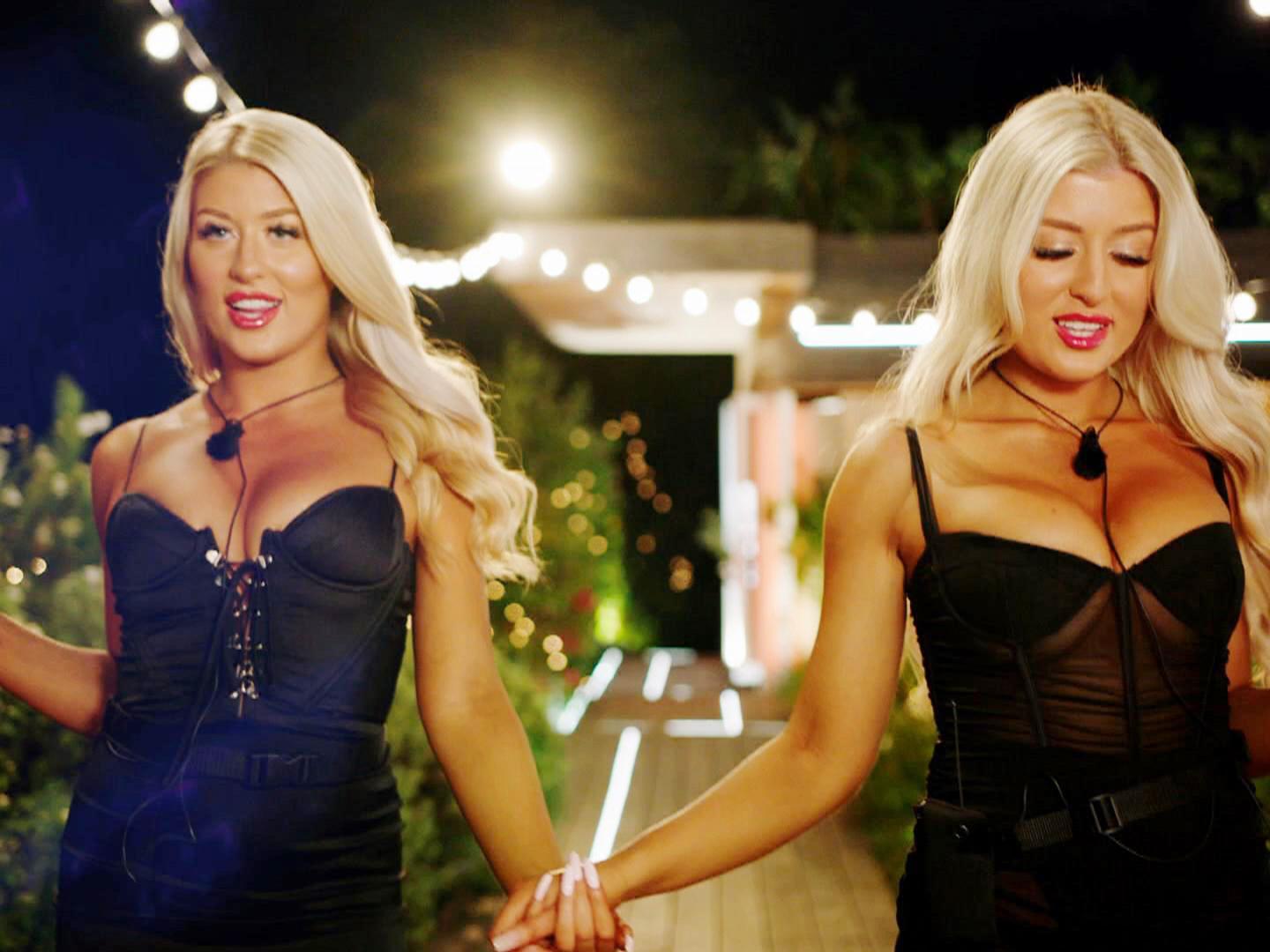20 pledges for 2020: If I’m giving up fast fashion, Love Island should too
I’ve decided to give up fast fashion for 2020. That means no popping into M&S for pants. No rummaging through Primark for socks. And certainly no scrambling through Topshop for a last-minute party dress, writes Olivia Petter


Your support helps us to tell the story
From reproductive rights to climate change to Big Tech, The Independent is on the ground when the story is developing. Whether it's investigating the financials of Elon Musk's pro-Trump PAC or producing our latest documentary, 'The A Word', which shines a light on the American women fighting for reproductive rights, we know how important it is to parse out the facts from the messaging.
At such a critical moment in US history, we need reporters on the ground. Your donation allows us to keep sending journalists to speak to both sides of the story.
The Independent is trusted by Americans across the entire political spectrum. And unlike many other quality news outlets, we choose not to lock Americans out of our reporting and analysis with paywalls. We believe quality journalism should be available to everyone, paid for by those who can afford it.
Your support makes all the difference.I despair when I watch Love Island. It’s not just because the contestants look the same each year, or because their conversations are dull as dishwater. It’s about what they wear.
Every year, the same cohort of aspiring Instagram influencers bounds into that sun-soaked villa claiming to be “looking for love” when in fact, the only thing they’re looking for is a contract with Boohoo. Or Missguided. Or Nasty Gal. Or any other fast fashion brand that will pay them oodles of money to wear their clothes and sit in on a design meeting or two.
Since the ITV2 programme started in its current iteration, its contestants have gone on to land six-figure deals with fast fashion labels. Last season alone, female stars including Molly-Mae Hague, Maura Higgins and Amber Gill all landed up lucrative partnerships with Pretty Little Thing, Boohoo and MissPap, respectively – Gill’s is rumoured to be worth £1m. The men fared well too – Ovie Soko got a deal with ASOS while Tommy Fury was snapped up by Boohoo Man. They follow in the footsteps of former contestants like Kem Cetinay, Amber Davies and Olivia Buckland, who have also gone on to partner with fast fashion brands since leaving the show.
Meanwhile, the show has been sponsored by fast fashion brands (Missguided and then I Saw it First) for the last three years, giving viewers the opportunity to shop the female Islanders’ looks directly. Personally, I’ve always thought that Love Island contestants dress terribly: it’s Benidorm beaches meets Kardashian kitsch. But with prices starting at £5, the clothes are devastatingly cheap. Far cheaper than the designer garb we see on most TV stars. So I can understand the appeal. But I also know that every time someone buys one of those bikinis, or sparkly bodycon dresses, they’re adding fuel to fast fashion’s ever-blazing fire.
But perhaps the onus is not on the consumer, or even the Love Island star. Lauren Bravo, author of How to Break Up with Fast Fashion, explains that the brands are the ones who should really be shouldering responsibility here. “These days we’re so used to instant gratification, and the idea that anyone can aspire to celebrity, that it seems reasonable for TV stars to sell us clothes and vice versa,” she tells me. “And it’s really hard, because I know what it’s like to love fashion and crave the clothes you’re seeing on people you admire, not to mention the huge social pressures on young people to keep that endless parade of new looks rolling over on their Instagram grid, so telling people who can’t necessarily afford to spend any more that their shopping habits are destroying the planet can feel snobbish and unfair.”
But, Bravo adds, the fact remains that those clothes simply cannot be made as cheaply as they’re sold. Somewhere down the line, someone is paying the price, whether it’s a garment worker barely surviving on poverty wages or a community grappling with industrial pollution.
That’s not to say you can’t “get the Islander look” in a sustainable and eco-friendly way. Bravo suggests heading to secondhand shopping apps, like Depop, where you’ll find plenty of pre-loved items not dissimilar from the ones you see on the show. Some of them will be from fast fashion brands, but if you’re buying it there, you’re keeping that item in circulation as opposed to letting it wind up in landfill.
Or, you could take a closer look at some of the trends championed by Love Islanders, both past and present, and see that many (cycling shorts, mesh, high-waisted jeans and leopard print) hark back to another era, like, say, the 1990s. And what better way to shop Nineties fashion than by heading to your local Beyond Retro or Rokit, which will be jam-packed with original clothing from the decade that is not only more sustainable, but a hell of a lot cooler, too.
How to Break Up with Fast Fashion by Lauren Bravo (£12.99, Headline Home) is out now
Join our commenting forum
Join thought-provoking conversations, follow other Independent readers and see their replies
Comments